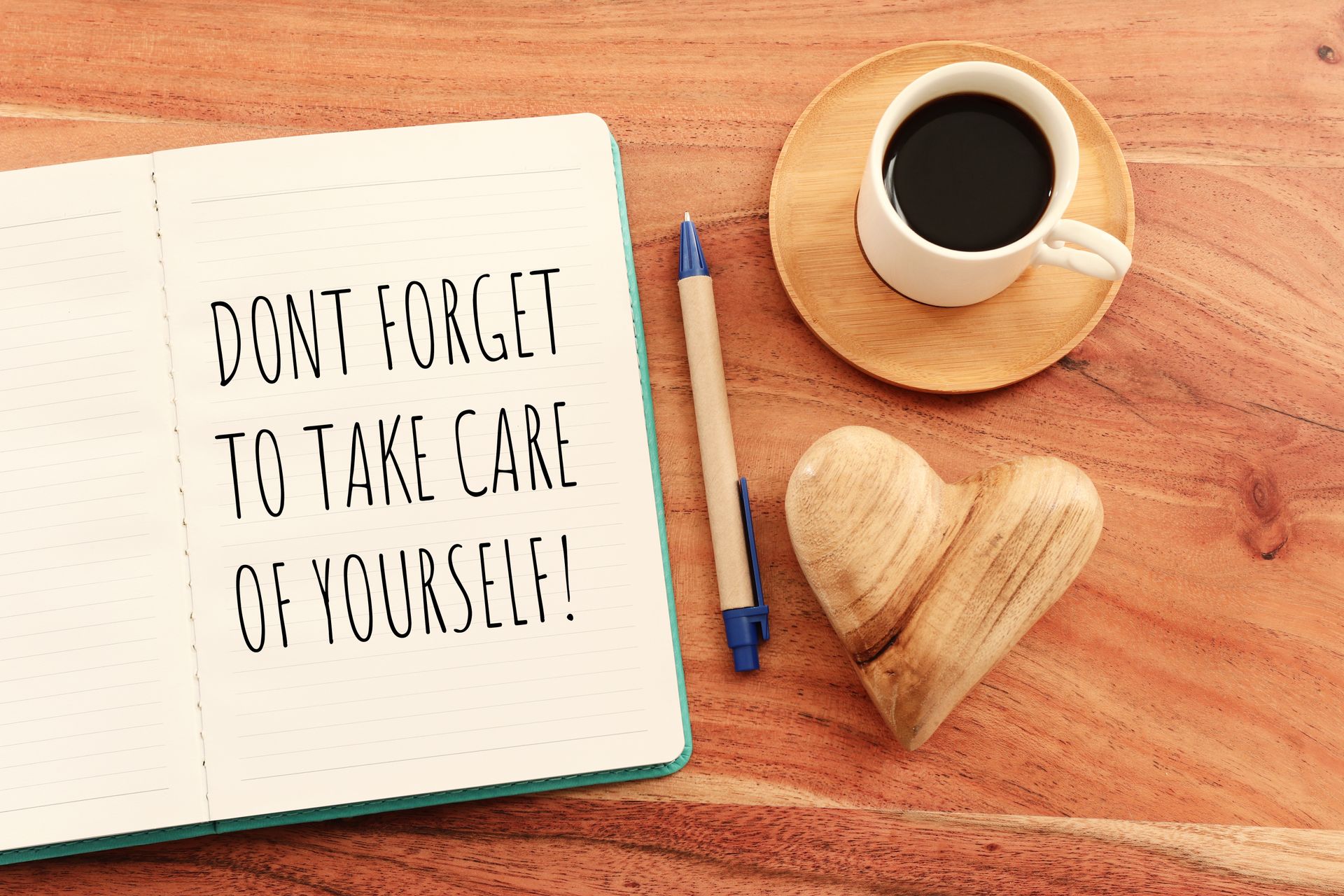Getting Active

Staying active and reducing sedentary behaviour are crucial for maintaining good health, and the World Health Organization (WHO) has provided comprehensive guidelines to help individuals achieve this.
These guidelines offer evidence-based recommendations for children, adolescents, adults, and older adults on the amount of physical activity needed to gain significant health benefits and mitigate health risks.
Children and adolescents
The WHO recommends at least 60 minutes of moderate to vigorous physical activity daily for children and adolescents. This can include activities like running, swimming, or playing sports. Regular physical activity helps improve cardiorespiratory and muscular fitness, bone health, and cardiovascular and metabolic health biomarkers. It also has positive effects on cognitive outcomes and mental health.
Adults
The WHO recommends adults should aim for at least 150 to 300 minutes of moderate-intensity aerobic physical activity, or at least 75 to 150 minutes of vigorous-intensity aerobic physical activity throughout the week. This can be achieved through activities such as brisk walking, cycling, or dancing. Additionally, muscle-strengthening activities should be done on two or more days a week, as they provide additional health benefits.
Older adults (65 years and above)
The WHO recommends older adults should follow the same guidelines as adults but also include activities that enhance balance and prevent falls on three or more days a week. This is particularly important for maintaining mobility and independence.
The guidelines also address the importance of reducing sedentary behaviour. Prolonged periods of inactivity, such as sitting or lying down for extended periods, are associated with adverse health outcomes. The WHO recommends that all individuals, regardless of age, should limit the amount of time spent being sedentary. For those who have to sit for long periods, incorporating light physical activity throughout the day can help mitigate some of the risks associated with sedentary behaviour.
Pregnant and postpartum women
The guidelines suggest at least 150 minutes of moderate-intensity aerobic physical activity throughout the week for both pregnant and postpartum women. This can help reduce the risk of pregnancy complications and improve overall health. People living with chronic conditions or disabilities should also engage in regular physical activity according to their abilities and should consult with healthcare providers to tailor activities to their specific needs.
Getting Others Moving
Encouraging others to be more active can be both rewarding and fun. Here are some effective strategies to help motivate those around you:
- Lead by Example: The best way to inspire others is to show them how it's done. Regularly engage in physical activities yourself and share your experiences. When people see you enjoying exercise, they might be more inclined to join in
- Invite Them to Join You: Extend an invitation to friends or family to join you in activities. Whether it's a walk, a gym session, or a sports game, doing it together can make it more enjoyable and less intimidating
- Set Goals Together: Setting achievable fitness goals can be a great motivator. Work together to set individual or group goals, and celebrate each milestone reached
- Make It Fun: Choose activities that are enjoyable and engaging. Dancing, hiking, or playing a sport can be more appealing than traditional workouts. The key is to find something that everyone enjoys
- Talk About the Benefits: Share the positive effects of regular exercise, such as improved mood, better sleep, and increased energy levels. Personal stories about how exercise has benefited you can be particularly motivating
- Create a Routine: Help others incorporate physical activity into their daily routine. Simple changes like taking the stairs, walking during lunch breaks, or doing a quick workout in the morning can make a big difference
- Be Supportive and Understanding: Listen to any concerns or barriers they might have and offer encouragement. Sometimes, just knowing someone is there to support them can make all the difference
- Use Technology: Fitness apps and wearable devices can track progress and provide motivation. Suggest using these tools to set goals and monitor achievements
- Organise Group Activities: Plan group activities like weekend hikes, cycling trips, or fitness classes. The social aspect can make exercise more enjoyable and less of a chore
- Celebrate Successes: Recognise and celebrate achievements, no matter how small. Positive reinforcement can boost confidence and motivation to continue being active
News & Insights
Check Our Latest Resources







